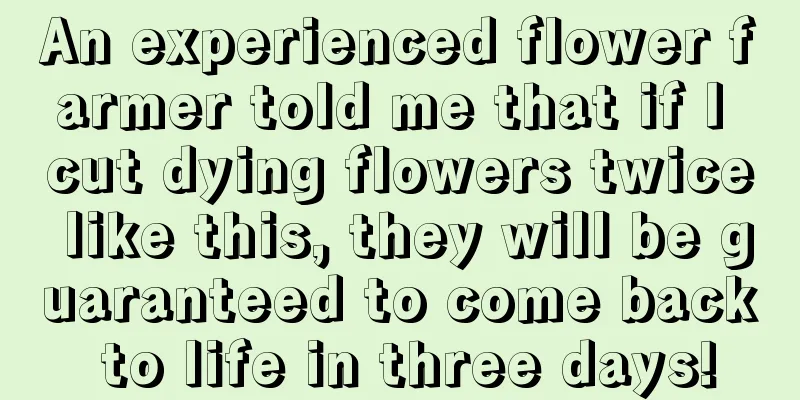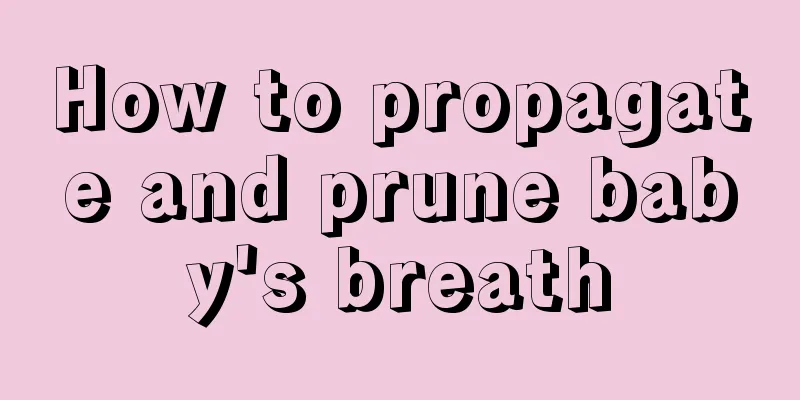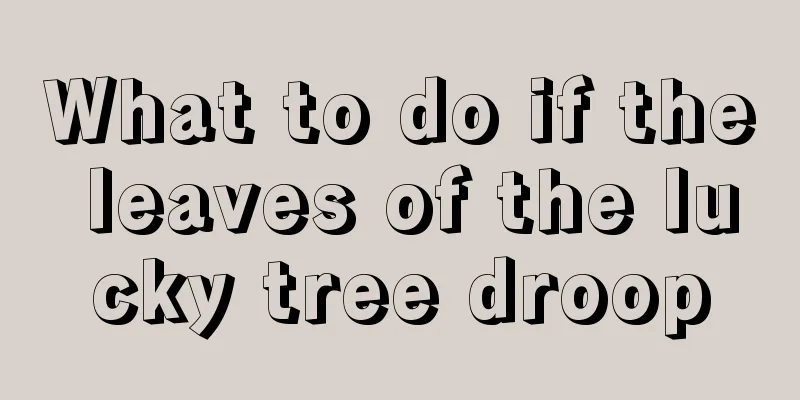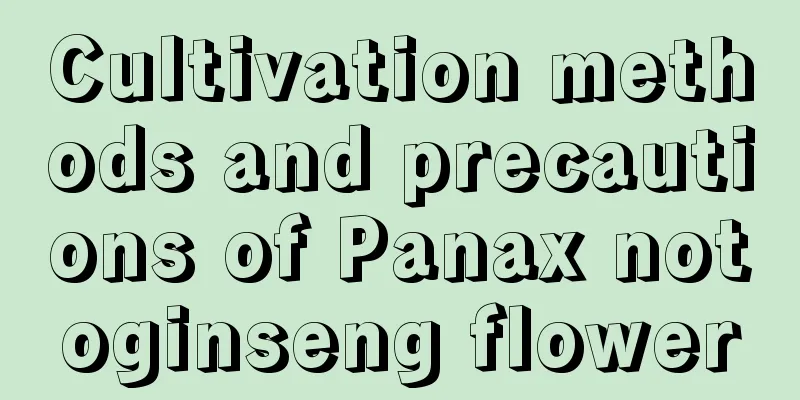Learn how to pinch and top the flowers, and you can plant any flower to bloom
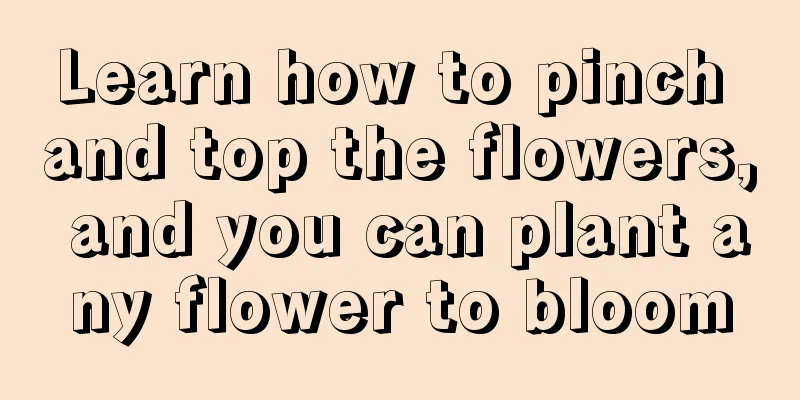
The role of pinchingPinching is actually topping, which is mainly to promote the branching of flowers and plants, forming a plump plant shape, avoiding the flowers and plants from growing into "bare branches" in the end, increasing the amount of branches and leaves, and at the same time it can also promote the formation of flower buds, allowing the plants to bloom more and more densely! First pinchingPicking time:For those plants that like to overflow the pot, you cannot pinch the tops after the seedlings grow very tall. Usually, the first pinching is done when the plants grow to about 8cm to 10cm. The first pinching is more important and can control the height of the plants. (Author: Chairman Source: Stepping on Flowers) Topping method:Remove the tender leaves and buds on the top as shown in the picture below. (Author: Not Enough Time Source: Walking on Flowers) Topping effect:Look, after pinching, the plant's growth rate slowed down and began to grow horizontally! This is the purpose of picking the heart~ (Author: Not Enough Time Source: Walking on Flowers) Second and third pinchingPicking time:In fact, after the first pinching, several pinchings are needed to control the shape of the flowers and plants. For example, for the Baiwan Xiaoling demonstrated above, pinching once can only temporarily control the growth height of the plant. If you want more side branches, you will need a second, or even a third or fourth pinching. For larger plants like chrysanthemums, pinching 2 to 3 times is enough. Topping method:After the first pinching, wait until the plant grows to a certain height and then do the second pinching. Flower lovers can choose this height as appropriate. Moreover, pinching can also control the spread direction of the plant. As shown in the figure below, you can pinch more times in places where the plant has not spread. (Author: Not Enough Time Source: Walking on Flowers) Topping effect:Look at the picture below. Pinching does not necessarily mean pinching the very first branch. The new branches that grow after pinching can also be pinched. Moreover, pinching the new branches will make the plant fuller! (Author: Not Enough Time Source: Walking on Flowers) After several pinchings,(Author: Not Enough Time Source: Walking on Flowers) After pinching, the plant has grown enough to this point. Next, just take good care of it and wait for it to bloom! (Author: Not Enough Time Source: Walking on Flowers) alright, Have you flower lovers learned this? Flower lovers who don’t know yet should learn it quickly! If you want the plant to bloom, pinching and topping are essential! (Note: The pictures are from the Internet, and the copyright belongs to the original author. Due to conditions, the source of some pictures cannot be found and the author is not marked. If your rights are infringed, please contact Huahua WeChat qdxixixixixi or QQ1273160598 for deletion or copyright payment.) |
<<: How does Begonia spend the winter?
>>: Once you learn this trick, your flowers will bloom forever!
Recommend
If your orchids have rotten roots and don't bloom, you must have made these 3 mistakes
Orchid root rot Orchids grown at home are prone t...
Do I need to cut off the branches that grow out of the spider plant? How do I cut off the small spider plants that grow out of the spider plant?
1. Should the branches that grow out be cut off? ...
How to grow sweet potato leaves
1. Planting time Sweet potato cultivation require...
What is the best fertilizer for mangoes?
Mango fertilization time 1. After planting the yo...
How to water and fertilize Mimosa
How to water mimosa Mimosa is a tropical plant th...
What flowers are suitable for growing in Bozhou? What are the city flowers and trees?
1. Bozhou's climate characteristics Bozhou ha...
The flower language and legend of Lingjian lotus
The flower language of the euphorbia pulcherrima ...
How to prune the branches of Kalanchoe
Pruning after flowering Does the Kalanchoe need t...
Where is the best place to plant Jabuticaba? What is the best growing environment?
Jabuticaba Planting Area The origin of jaboticaba...
What fertilizer is good for tomato topdressing?
Tomato topdressing time In order for tomato seedl...
When is the best time to plant potatoes in the north?
Potatoes are one of the important food crops in C...
Mango's growing environment and local conditions
Mango growing environment and conditions Mango gr...
What should I do if there are black spots on okra leaves? What should I do if there are black spots on okra leaves?
1. Symptoms Black spots on okra leaves are a comm...
What to do about crabapple leaf rust? What's wrong with dry leaves?
1. What to do about leaf rust Rust disease is mor...
The whole community uses it to grow flowers. Even if we don’t take care of it in January, it will grow wildly all over the balcony!
Can fish tank water be used to water flowers? Whe...




